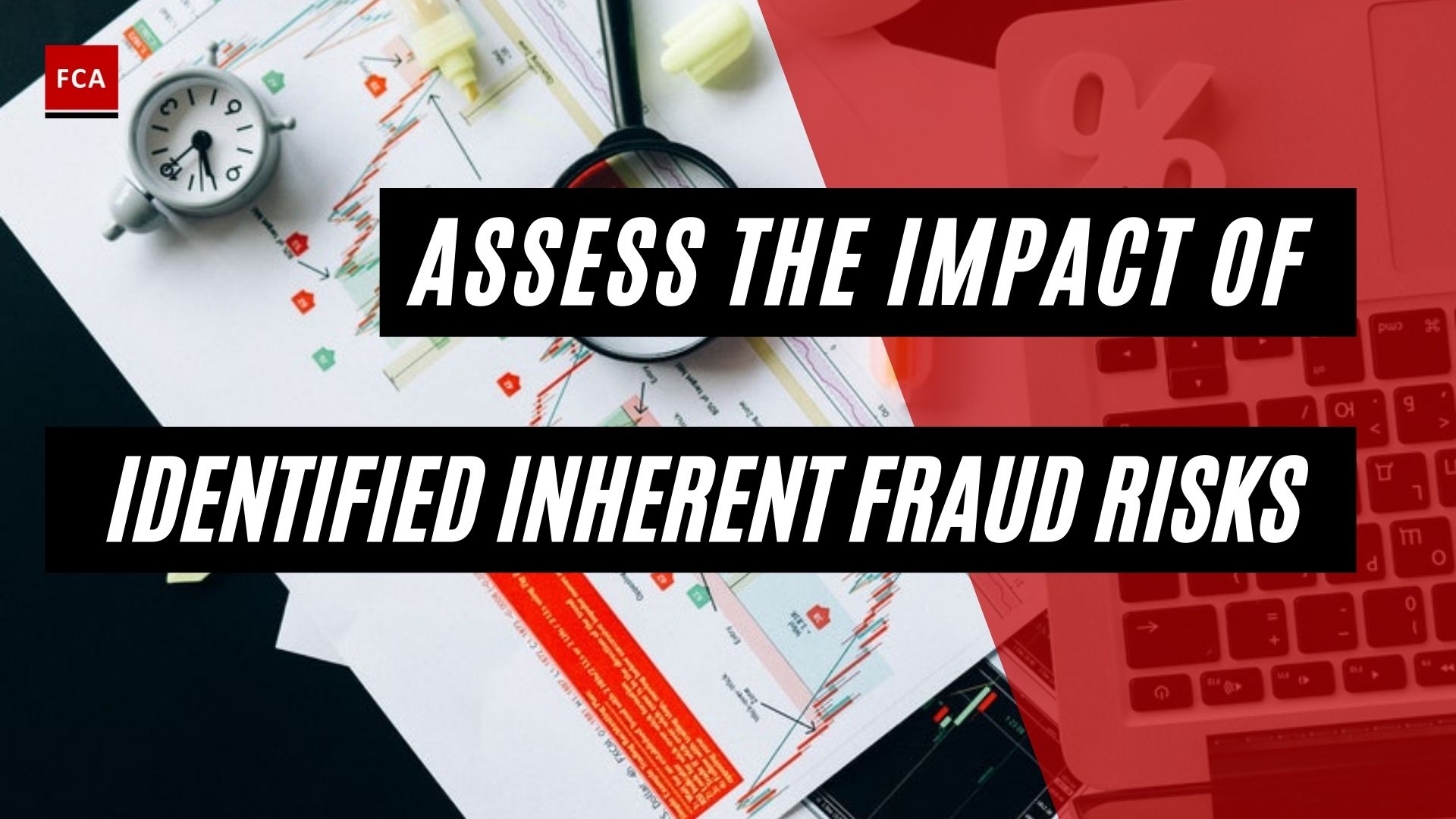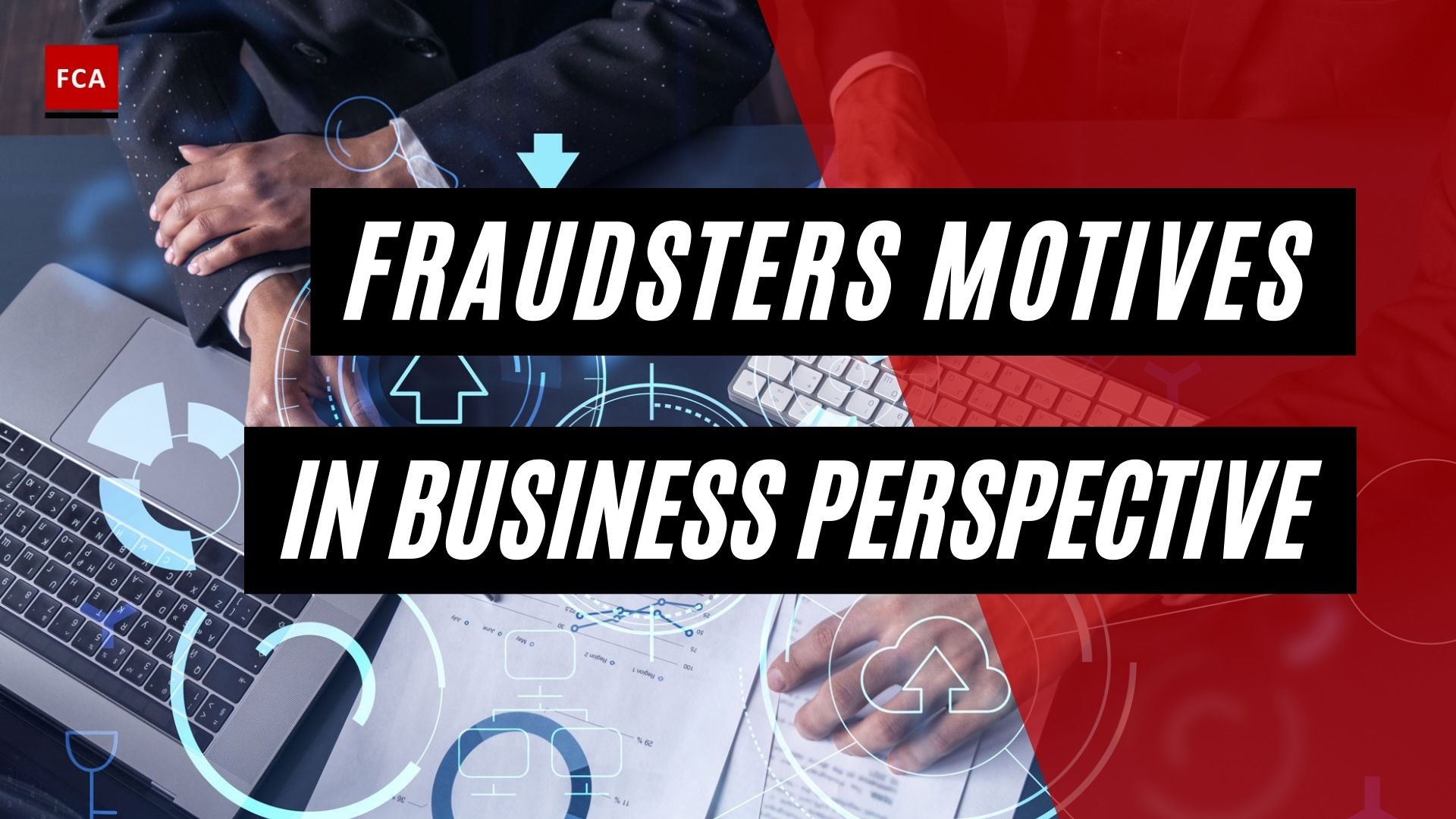The impact of fraud on organizations can be devastating, leading to significant financial losses, irreparable damage to reputation, potential legal repercussions, and a decline in employee morale and trust, all of which can ultimately jeopardize the survival of the entity.
No organization is safe from the serious damage that fraudulent activity may impose. Chances of occurrence of fraud cases are present in all types of organizations, whether large or small. The effects of occupational fraud may be pervasive, resulting in devastating financial, reputational, and operational losses.

Impact Of Fraud On Organization
In large organizations, the scale of fraud is also usually large, resulting in huge losses causing depletion of profitability. These organizations employ a large workforce deployed in different locations to perform different roles. Weak controls over a large number of employees increase the chances of occurrence of significant fraud incidents.
Fraudulent activities have significant negative consequences for the organization’s shareholders, investors, and key executives. Organizations where large-scale frauds are reported to have experienced a decrease in the stock prices and loss of market share.
Large-Scale Frauds
Large-scale frauds may result in bankruptcy, delisting from the stock exchange, assets disposals, and change of senior management. These changes are directly linked to the long-term success of the organization. The corporate changes resulting due to the fraudulent activities lower the morale and confidence of the customers, bankers, and suppliers resulting in loss of operations and growth.
Customers always prefer to buy products and services of those organizations which have a history of a positive relationship, transparent processes and focus on customer care. In case of publicly reported significant frauds, the customers switch their buying with other reliable and trustworthy competitors. The decline in market share and profitability levels result in cash flow problems and working capital issues. Financings needs are not fulfilled, and the organization is exposed to the risk of bankruptcy.
Financial Statement Preparation
Frauds may also occur in the financial statement preparation process, where organizations with weak financial performance try to hide the weak financial performance and position through window dressing. Fraudulent financial reporting misleads the investors and shareholders to contain their confidence in the organization.
Fraudulent financial reporting usually occurs when the organization initiates complex trading transactions such as hedging and derivatives contracts. Negative results from these complex transactions tend to deplete the cash and profitability of the organization. Therefore, the organization uses the window dressing mode of preparing the financial statements, concealing real financial performance and position.
What Is Fraud Deterrence?
The term “fraud deterrence” refers to a systematic approach to identifying and eliminating the causes of fraud; it is not simply a plan aimed at earlier fraud detection. Fraud deterrence is based on the assumption that fraud occurs when the conditions are favorable for it to occur, specifically when there is a motive, opportunity, and rationalization for a fraudulent act.
The Fraud Triangle, which consists of these three elements, is the focus of fraud deterrence, as the removal of any one of these elements reduces the opportunity for fraud to occur. In this way, fraud deterrence is based on the assumption that the causes of fraud can be identified and proactively reduced in an organization.
Would The Deterrence Activities Also Identify The Need For Further Investigation?
Yes, fraud deterrence initiatives frequently transition to detection activities: fraud deterrence identifies an opportunity that could allow a fraud to occur; detection activities determine whether or not that opportunity has been exploited.
Fortunately, fraud deterrence, and the resulting understanding of the fraud opportunity, provides a clear roadmap for where such detection activities should be applied. Clearly, a company that has implemented fraud deterrence activities has a stronger defense against fraud than one that has not actively identified and eliminated the possibility of fraud in its organization.
What Improvements Can Help Eliminate Opportunity?
First and foremost, ensure that cash is well managed, beginning with the bank account. A person who is not involved in collections or disbursements should perform the bank reconciliation. The bank statement should always be delivered to someone who is not involved in any of those functions; in the case of a small business, the statement should be delivered to the owner.
Before providing a copy to the person doing the reconciliation, the statement should be reviewed for any unusual activity, including looking at the payee of each check. Similarly, cash collections and deposits should be counted and verified independently. Many fraud schemes can be avoided with simple cash diligence.
Final Thoughts
The impact of fraud on an organization is multi-faceted, leading to profound financial, reputational, and operational consequences that can persist long after the fraudulent activities are unveiled. Large organizations, in particular, face amplified risks due to their vast employee networks and complex transactions, where weak controls may leave room for significant fraud incidents. Fraud has the potential to diminish shareholder value, decrease stock prices, and erode market share.
Moreover, it can trigger a domino effect that results in drastic changes such as bankruptcy, delisting from stock exchanges, and management shake-ups, fundamentally disrupting the organization’s trajectory. The disclosure of fraud can also severely damage customer trust and loyalty, prompting them to shift towards competitors, leading to further loss of market share and profitability. Ultimately, a proactive approach to fraud deterrence, by identifying and mitigating the elements of the fraud triangle – motive, opportunity, and rationalization, is essential for organizations to protect their assets, stakeholders, and reputation.









